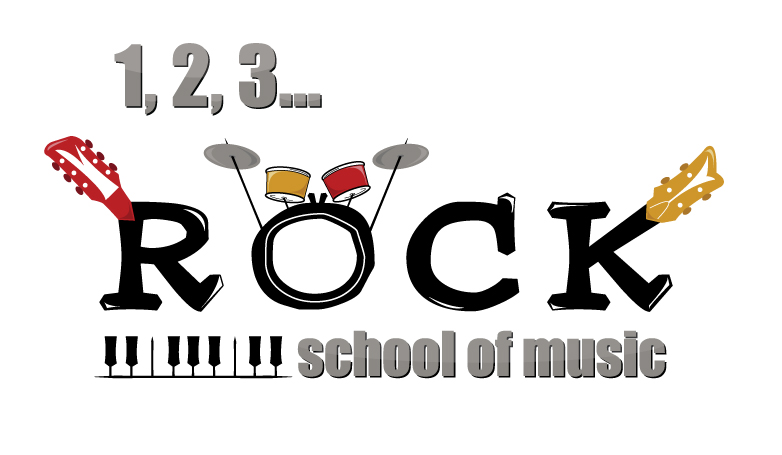Music has always had gatekeepers. In the past, they were radio DJs, record labels, and TV shows like MTV, deciding which songs made it to the public. Today, the gatekeepers are invisible but no less powerful.
Algorithms on platforms like Spotify, TikTok, and YouTube have become the main curators of what we hear, shaping not only daily listening habits but also global charts, viral trends, and the careers of artists worldwide.
Find out how algorithms are shaping what we listen to!
-Monday, October 13
Spotify: The Playlist Machine
Spotify is arguably the most influential music platform in the world, with over 500 million active users. Its recommendation system, powered by machine learning, monitors billions of streams, skips, repeats, and saves to create a highly personalized listening experience.
Playlists like Discover Weekly, Release Radar, and genre-specific collections such as Rap Caviar or Peaceful Piano allow listeners to constantly encounter music they might not have found otherwise. These playlists do more than entertain; they define which songs gain traction, which artists go viral, and ultimately, which tracks dominate charts globally.
For artists, landing on one of these curated playlists can make or break a career. An unknown musician can suddenly achieve millions of streams in a single week, thanks to the algorithm pushing their song to the right audience. This democratizes access to some degree, but it also emphasizes that understanding the algorithm is now a strategic part of music marketing.
TikTok: Virality Over Everything
TikTok has transformed the music industry’s understanding of what makes a hit. The platform favors short, engaging content, often just 15–30 seconds long, making hooks, beats, and memorable lyrics crucial. A song snippet can spark a global dance challenge, meme, or trend, pushing the track to the top of streaming charts worldwide.
Lil Nas X’s Old Town Road, Doja Cat’s Say So, and even older tracks like Fleetwood Mac’s Dreams all illustrate TikTok’s power to reshape music history. The platform’s algorithm prioritizes engagement: the more users create, share, or remix content with a particular sound, the more it reaches a wider audience.
TikTok has essentially created a new rule for the industry: a song’s potential for virality can be as important as traditional marketing campaigns. Artists now consider “TikTok-ability” when producing music, designing tracks that are catchy, adaptable, and short enough to spark trends.
YouTube: Visual Storytelling at Scale
YouTube is another critical platform where algorithms drive discovery. With over 2 billion logged-in users per month, YouTube’s recommendation engine prioritizes watch time, engagement, and audience retention. Visually captivating music videos, tell a story, or evoke emotion, often perform best, meaning artists need more than just great audio; they need compelling visuals.
Billie Eilish is a prime example. Her visually striking music videos, from Bad Guy to Therefore I Am, have helped her stand out in a crowded music landscape. YouTube also allows alternative formats like live sessions, lyric videos, or fan covers, each with algorithmic potential to reach massive audiences.
The Science Behind the Algorithms
At their core, these platforms rely on machine learning, a type of artificial intelligence that analyzes vast amounts of data to predict user preferences. Spotify looks at listening habits, TikTok at engagement and replication, and YouTube at viewing patterns. These systems are constantly learning, adjusting, and fine-tuning recommendations to maximize user retention and satisfaction.
While the algorithms are incredibly effective at personalizing music experiences, they also carry inherent biases. For instance, popular tracks often get further promotion simply because they are already performing well, creating a feedback loop that can make it harder for new artists to break in without a viral moment or strategic playlist placement.
Algorithms democratize discovery in ways that were impossible before. They help listeners find music that matches their tastes and introduce them to new genres, artists, and cultural sounds. But there are downsides.
Listeners may become trapped in echo chambers, only hearing music that reinforces their existing preferences. Independent artists might feel pressured to design songs tailored for virality rather than creative expression. Essentially, while algorithms open doors, they also subtly shape what we value and consume in music.
The Future of Music Discovery
The future of music discovery is being reshaped by algorithms that act as the new gatekeepers of sound. As AI continues to advance, playlists may soon adapt in real time to our mood, location, or even physiological signals, creating fully immersive listening experiences.
Recommendations will no longer just follow patterns in our listening history but could dynamically shift to match our emotional state or context. For artists, thriving in this landscape will require a balance of creativity, strategic thinking, and a deep understanding of digital platforms. For listeners, the challenge is to remain conscious and curious, venturing beyond algorithmic suggestions to avoid narrowing our musical horizons.
Algorithms have become the DJs of the digital age, spinning tracks based on data rather than human intuition. They have made discovery easier, faster, and more global than ever before, but they also shape how music is marketed and consumed in ways that can quietly influence our tastes. Recognizing this power allows us to stay active participants in our own musical journeys. Whether you’re an artist seeking to share your voice or a fan looking to broaden your playlists, understanding these invisible forces opens up new opportunities to create, connect, and enjoy music in fresh ways.
In the end, algorithms may guide us, but music will always find ways to surprise if we’re willing to step off the recommendation feed, explore new genres, and let discovery become a personal adventure again.


